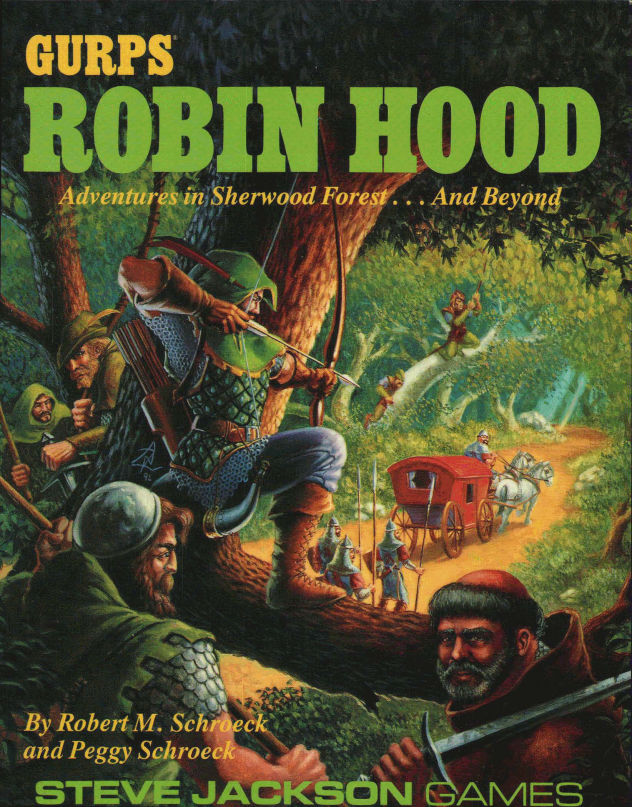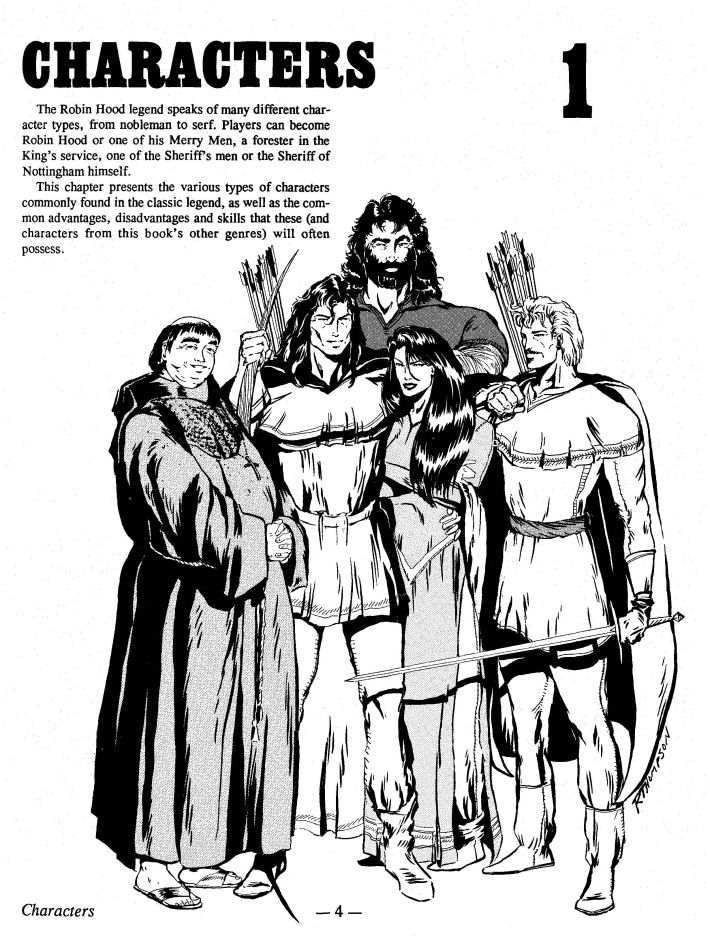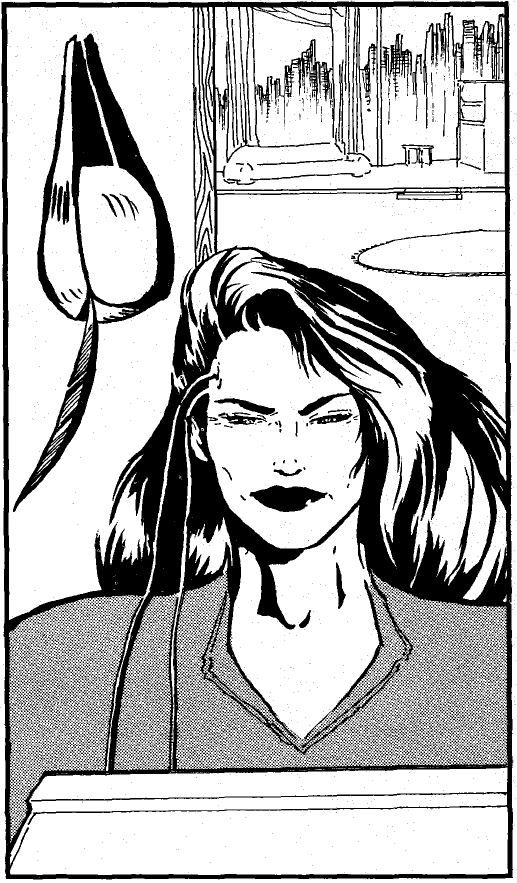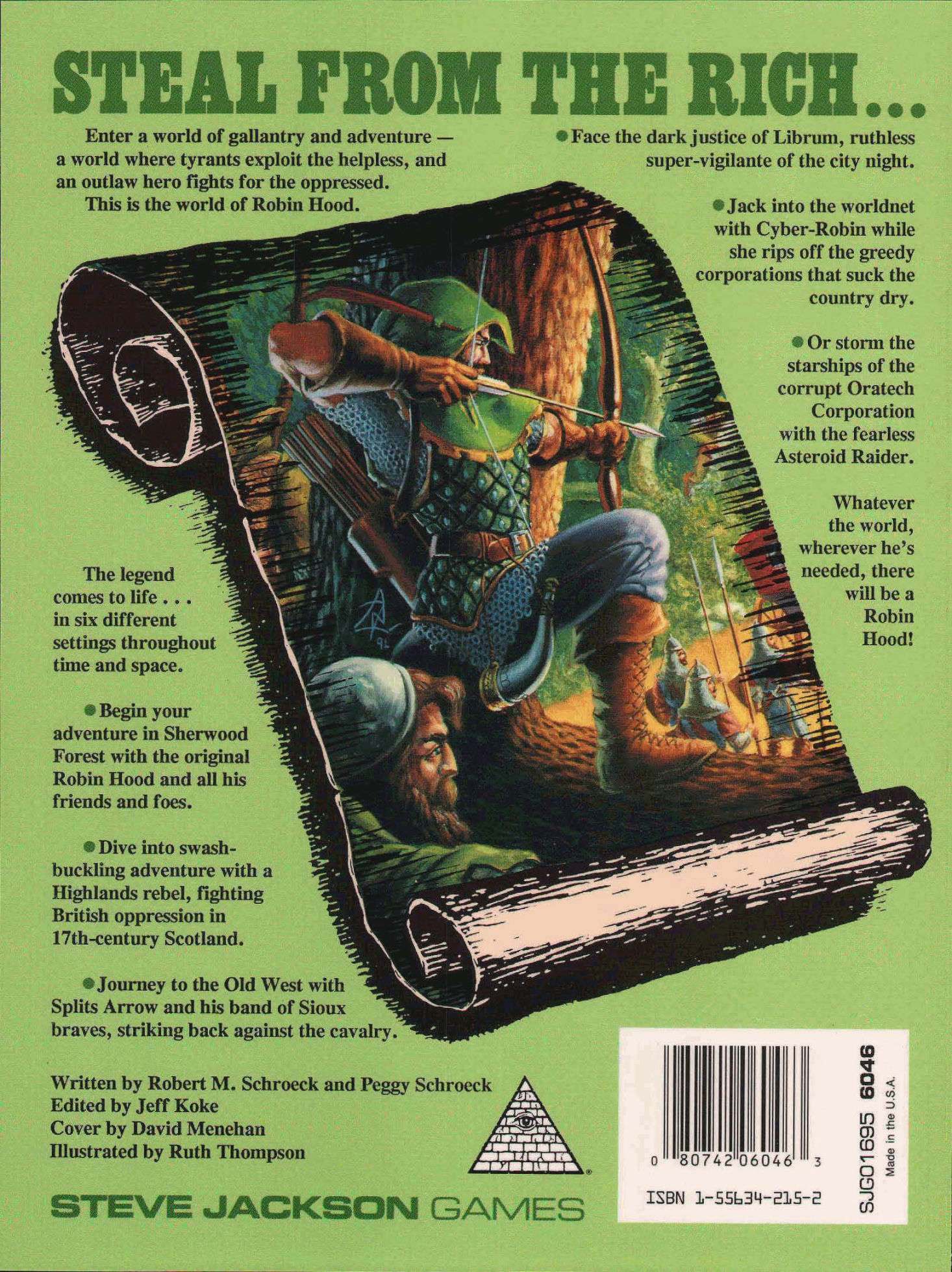
What is "GURPS"?
If you haven't heard of GURPS by Steve Jackson Games, it's likely you've at least heard of "Dungeons & Dragons" -- the most famous of the classic role-playing games (RPG). These days such games have taken on the name "tabletop role-playing games" to distinguish themselves from computer games that follow a similar structure.
Using paper, pen, dice, rules and a lot of imagination, players run through made-up scenarios.
GURPS is like D&D, only smarter. When I first wrote those words over 20 years ago my days of playing GURPS were a recent memory. And that's what we generally thought of the game -- it was the RPG for smart people. And to be fair, there was a reason for such RPG snobbery. In the classic form of Advanced Dungeons & Dragons you built characters with certain attributes -- strength, dexterity, charisma and the like -- how strong, agile and charming you were. But with GURPS the character you play is built with virtues, faults and quirks that you should role-play. You don't constuct an adventurous He-Man, you are encouraged to create a genuine character. Also, it's more conducive to thoughtful solutions than other RPGs -- perfect for adventures with that tricky and clever outlaw.
GURPS stands for Generic Universal RolePlaying System. In the development stages, it stood for Great Unnamed RolePlaying System. When it came time to give it a name, the acronym had stuck. Hence, a cumbersome name for a really good system.
The Basic Set gives you rules that work in any genre (fantasy, science fiction, Old West, Swashbucklers, and so on.) Sourcebooks like GURPS: Robin Hood give you guidelines to play a particular type of adventure. But the rules are still written like suggested guidelines. There is much you have to decide upon.



Contact Us